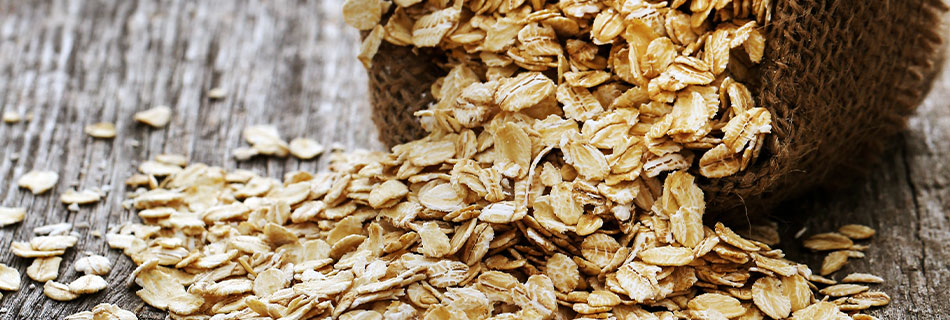Brewers use cereal flakes grains for many reasons. Some enhance specific flavours, while others affect colour, clarity, or fermentable sugar levels. Depending on the beer style, you can choose from flaked maize, barley, oat, or wheat. Each type contributes unique characteristics, influencing the final brew.

How flaked grains are made
Flaked grains undergo a precise production process. First, they are steam-cooked to soften the structure. Then, they pass through hot rollers, flattening them into flakes. Finally, they are dried to stabilise their composition. This heat and pressure pre-gelatinise the starch, allowing brewers to add them directly to the mash.
Depending on the grain type, you may add flakes at the start of mashing. Some grains, however, require a protein rest to optimise enzyme activity.
How flaked grains work in the mash
Flaked grains are not malted, so they contain no enzymes to break down starches. However, they utilise the enzymes present in malted grains. Brewers must carefully balance the ratio of flaked grains to malt to ensure efficient starch conversion.
Wheat flakes: bolder flavour and hazy appearance
Flaked wheat produces more intense flavours than malted wheat. It also enhances haze, making it ideal for certain beer styles.
- Result: Increased body and head retention.
- Flavour: Spicy, bready.
- Usage: Witbier, Weizen, NEIPA.
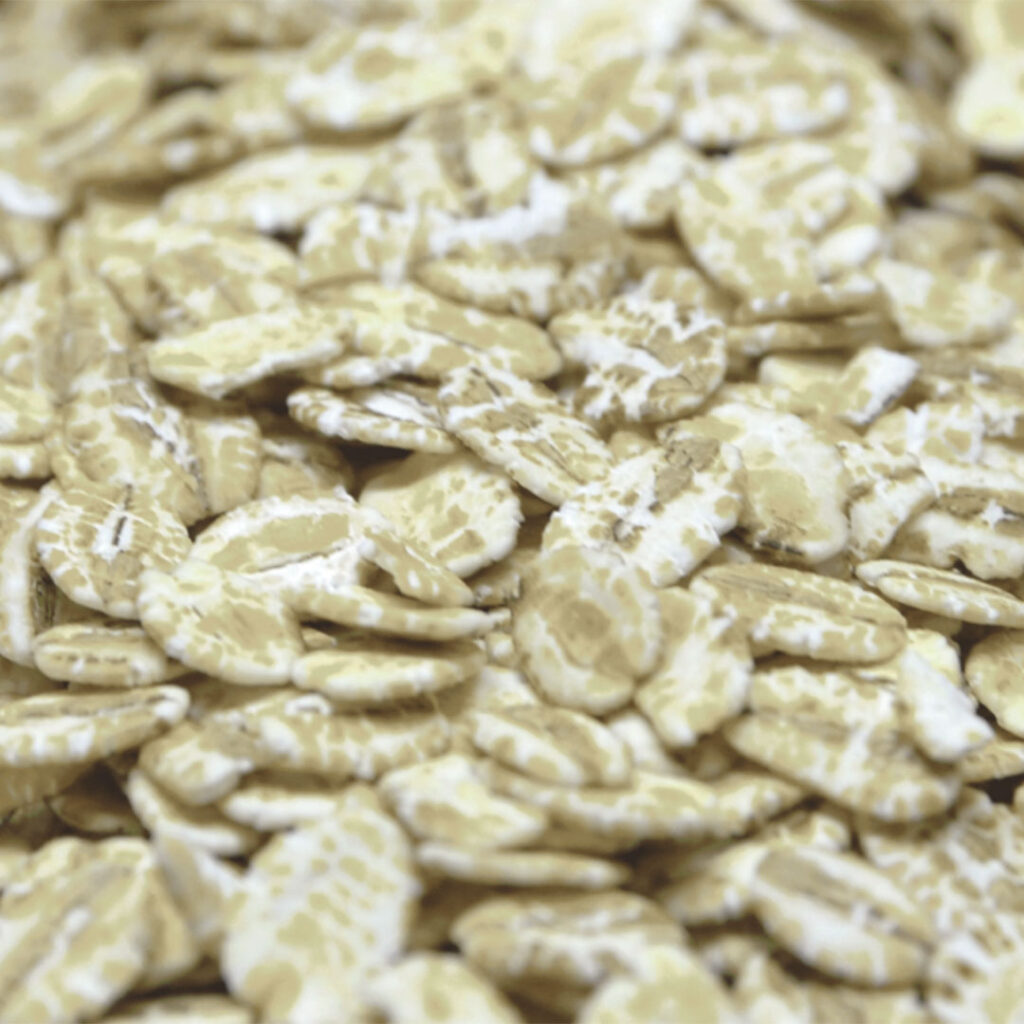
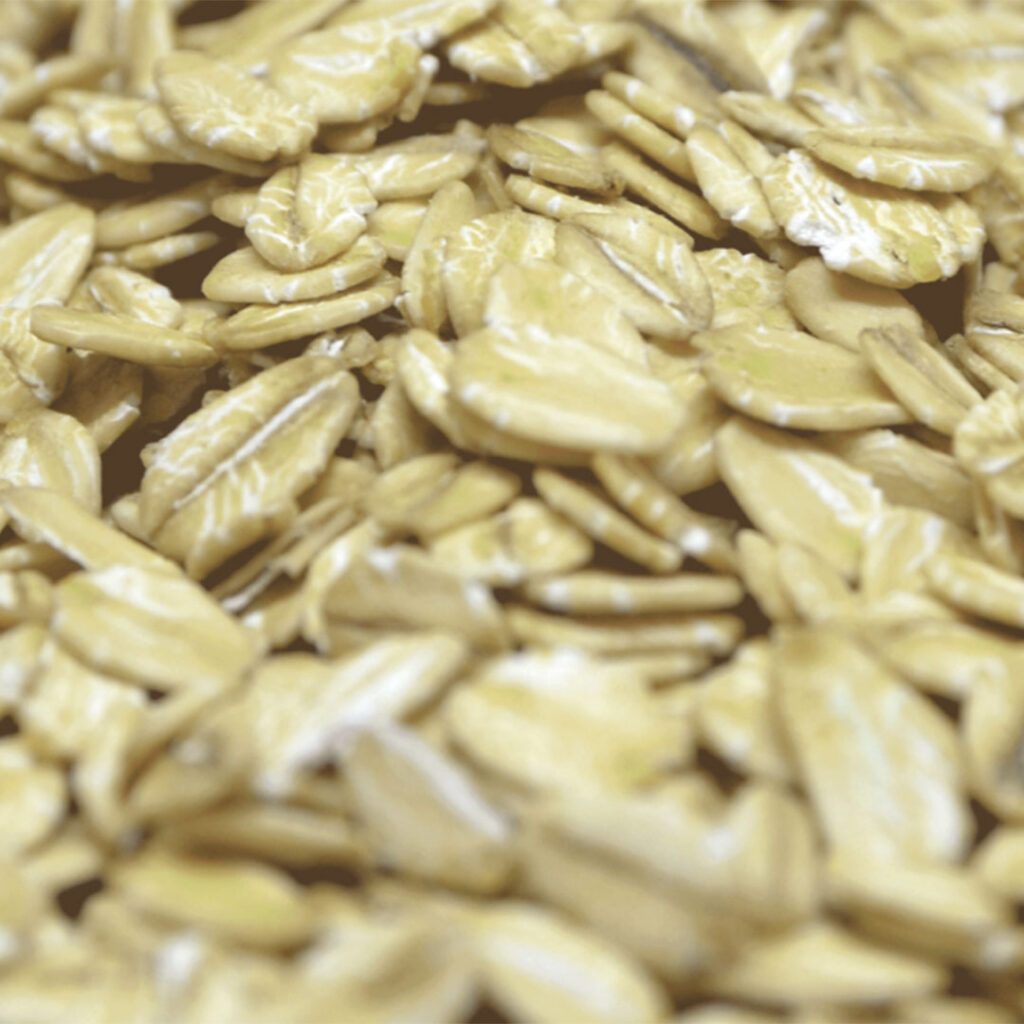
Oat flakes: silky mouthfeel and added body
Flaked oats contain high beta-glucan levels, contributing to haziness. However, they can affect filtration, so adding rice hulls may help.
- Result: Additional body, head retention, haziness.
- Flavour: Silky mouthfeel.
- Usage: Oatmeal Stout, Porter, Witbier, NEIPA.
Maize flakes: a crisp, dry finish
Flaked maize or corn in brewing works best when added as flakes. With low protein content, flaked maize blends easily into the mash.
- Result: Milder taste with a dry, crisp finish.
- Flavour: Sweet, less malty.
- Usage: Light Pilsners.
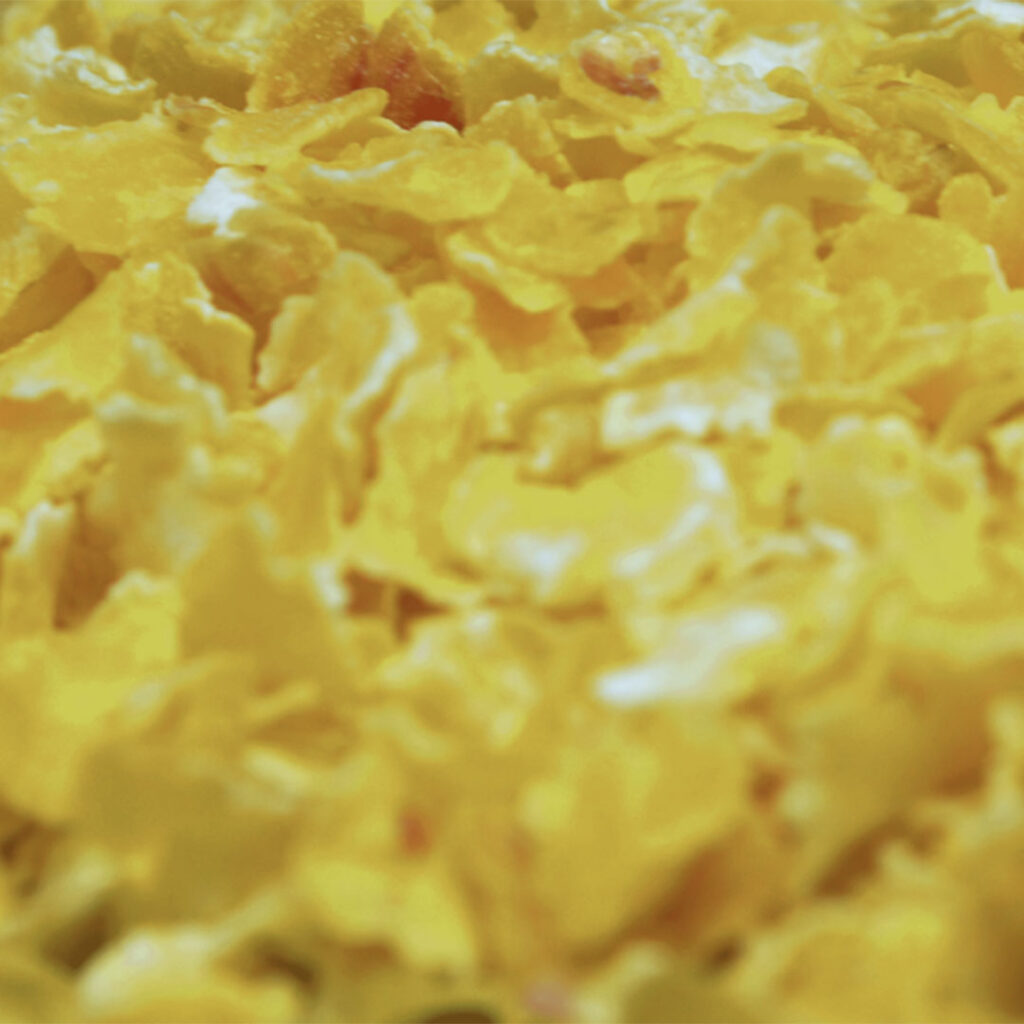
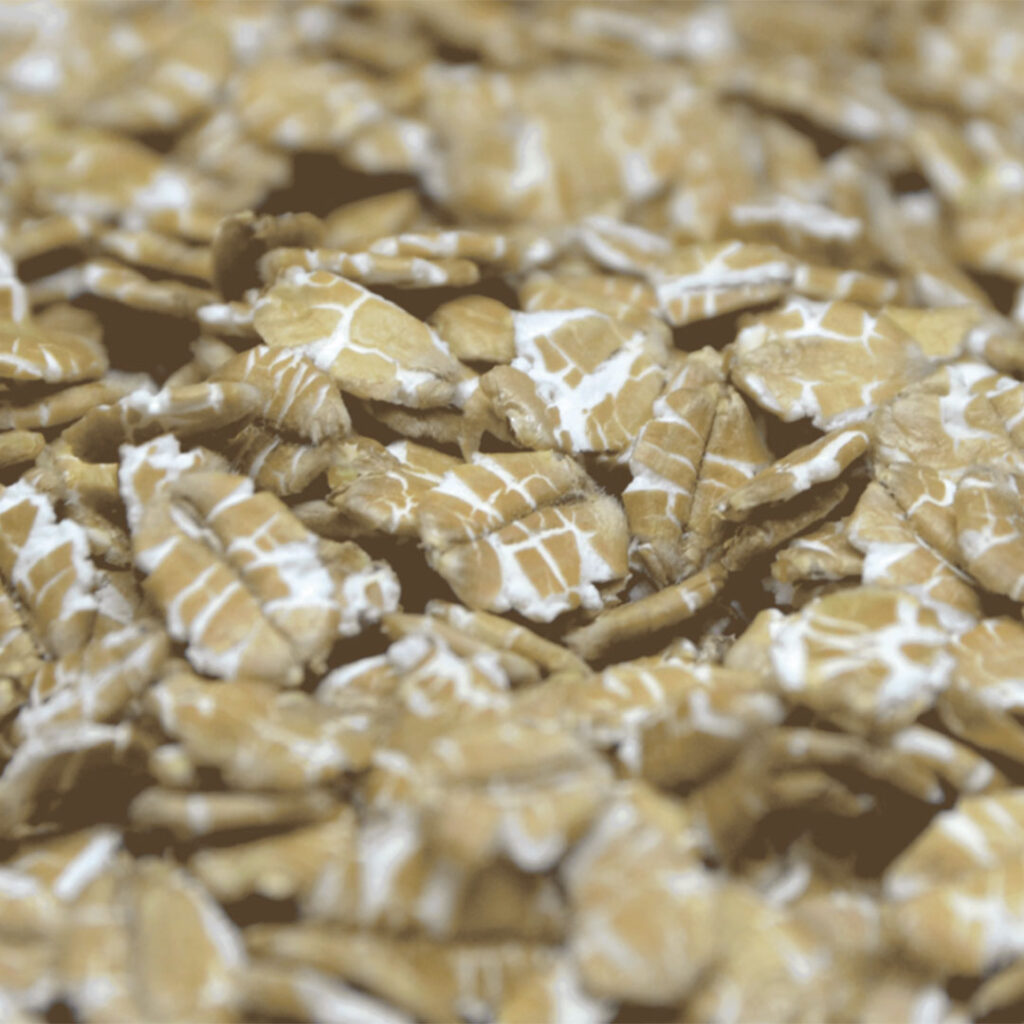
Barley flakes: boosting fermentable sugars
Flaked barley increases the volume of fermentable sugars without adding body or strong flavour. Some haze may occur.
- Result: Stronger head retention, smoother flavour.
- Flavour: Slightly grainy.
- Usage: Stouts.
By selecting the right flaked grains, brewers can fine-tune their beers, achieving the perfect balance of flavour, mouthfeel, and clarity.

